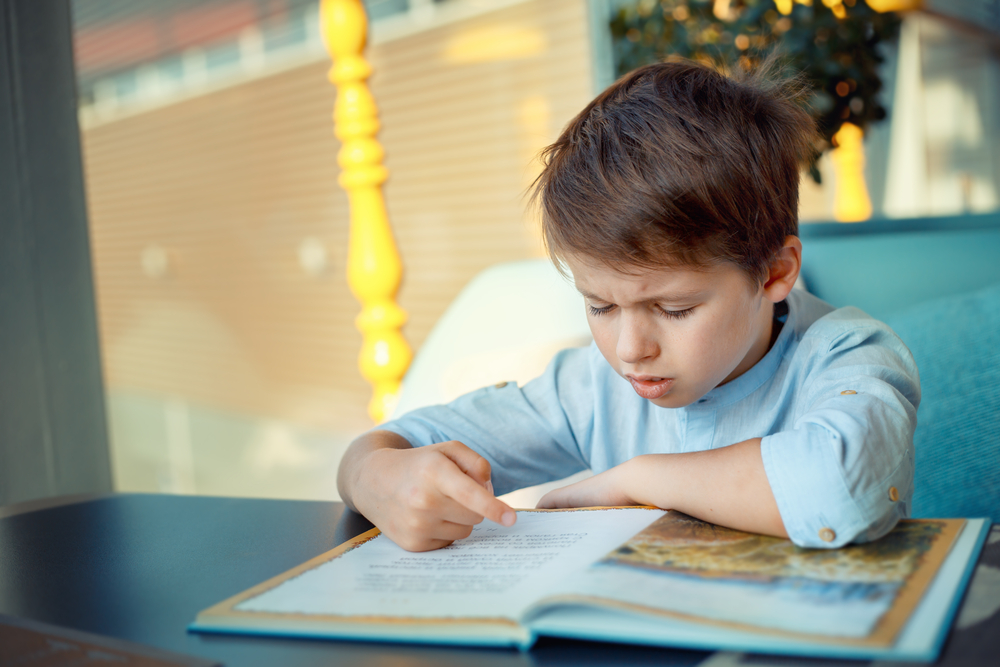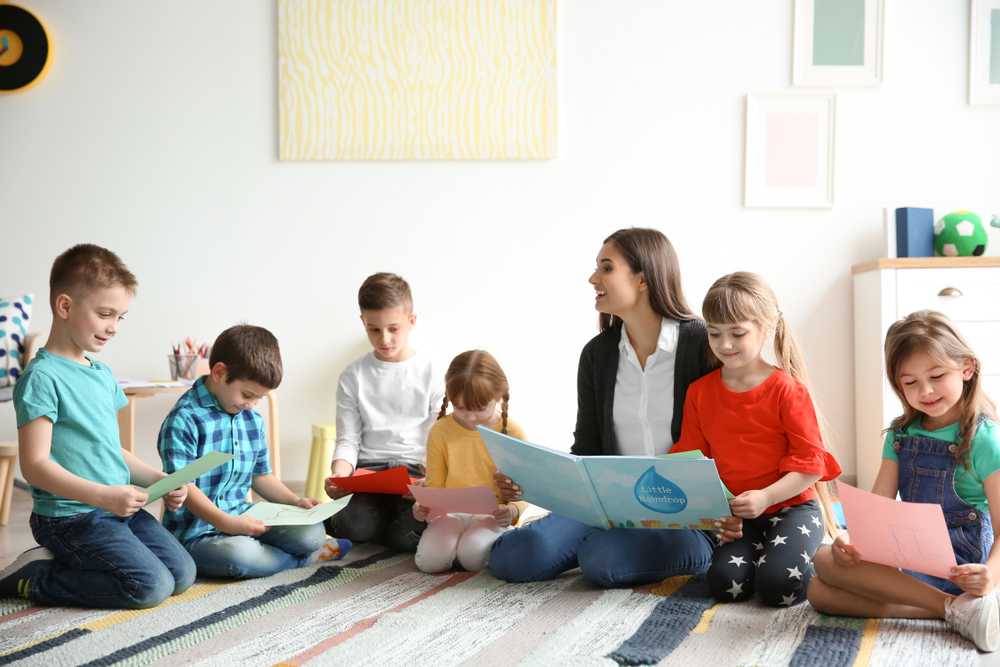
Second grade is a critical time where learning is accelerated. Your child is learning more complex and advanced skills and concepts.
In all subjects, they are learning more and faster than ever before. This can be both an exciting and challenging time for your child.
Although they are still learning how to read longer and more advanced texts, this is the grade that your child will begin using reading as a tool for learning new information.
For many parents with children who are struggling to keep up, they might be looking into and searching for “how to help my second grader with reading”. Helping your child improve their reading skills can help them improve their learning in other subjects as well.
There are many different activities and strategies parents can use at home to help their child improve their reading. However, before working with them at home, it is a good idea to know what level your child should be aiming for and what specifically they should be learning in second grade.

What should my child know in second grade?
In second grade, your child is advancing their reading skills quickly.
They should by now have some familiarity with phonological and phonemic awareness, the relationship between sounds and letters, and they should have a relatively advanced vocabulary knowledge.
By this time, your child likely has the basics of reading mastered and is now working on improving and building advanced reading skills such as:
- Read more complex and multi- syllable structured words.
- Understands the meaning and usage of common prefixes and suffixes.
- Has a sight word vocabulary bank of over 150 words.
- Reads a variety of genres and can distinguish between them such as fiction, nonfiction, and poetry
- Understands the structure of a story and the purpose of story organization.
- Has advanced reading comprehension skills and can identify the main ideas of a text and can answer the “5 Ws” and “How” of a story.
- Able to discuss the differences between characters and the events of a story as well as make connections within a text.
- Can compare and contrast the differences between stories
- Reads more fluently with an grade level appropriate pace, correct accuracy, and expression.
- Identifies their own reading errors and re-reads when they need to.
Many second graders are able to meet these reading objectives and goals, but there are also a number of students who struggle and end up behind many of their peers.
Luckily, with early intervention and additional practice at home, struggling readers in the second grade can easily and quickly catch up.

How can I help my second grader with reading?
If your second grader is struggling with reading, they can benefit from some extra practice at home. But, many parents might find it difficult to convince their children to do even more homework.
Instead of making reading feel like just more school work, you can make the learning experience much more fun and casual at home.
Here are some activities to make reading fun and engaging:
- Create their own stories – Writing is another primary language skill that your child is likely practicing and improving in second grade.
Using writing helps your child improve their reading skills as well because they are reciprocal processes. You can have them write their own stories and create their own homemade books then have them read them to you.
- Learn about the author – Children enjoy reading when they become engaged and want to learn more.
With your child, pick one author from one of their favorite books and do some research about them. Many children’s books authors also do book tours or reading session. This can help your child become invested in reading.
- Go on a reading field trip – A reading field trip can be a trip to the library to pick up some books or to meet with a librarian. It can also be going to a local museum and reading about the exhibits beforehand. Either way the focus is to practice reading in a practical way.
- Cook together – Another practical way to practice reading is to use a cookbook or recipe. Recipes often make for great reading materials for children because they use simple language and create a task-focused activity. Find one recipe to cook together and have your child read the instructions aloud as you follow along.
- Pick a favorite word – Building vocabulary is essential for building reading skills. Each day pick a favorite word with your child and see how many times you can use that word throughout the day.
- Use reading apps – Children need stimulation and engagement to become interested in reading. Reading apps are a great tool to use for creating a fun and interactive learning environment.
One great reading app to use is Readability which helps your child get the reading intervention they need anytime and anywhere they need it.
Readability has the ability to read stories to your child as they follow along on the screen or it can even listen to your child read aloud then gives them error correction for pronunciation and feedback.
Second graders are learning so much in such a short period of time. It is almost inevitable that your child might struggle with one or more skills along the way. However, with early intervention and using the right strategies and tools such as reading apps like Readability, your child can gain steady improvement in their reading skills. Improvement in their reading skills will help them to learn better and actually enjoy learning in school.

 Español
Español